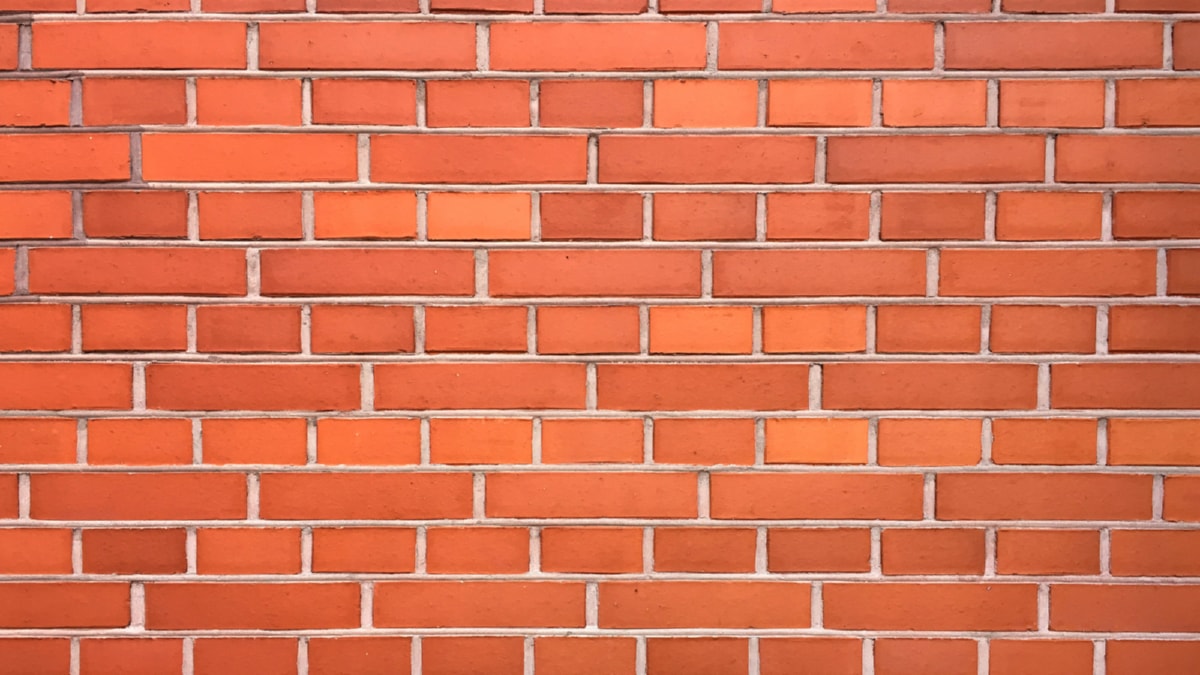The first trend is the increasing use of green building materials. These are materials that are environmentally friendly and sustainable, both in terms of their production and their use. They include recycled materials, renewable resources, and materials that are non-toxic and non-polluting. For example, bamboo, a fast-growing and renewable resource, is increasingly used as a building material. Similarly, recycled steel, which reduces the need for mining and energy-intensive manufacturing processes, is also gaining popularity. Using such materials not only reduces environmental impact but also improves the energy efficiency and indoor air quality of buildings.
Another significant trend is the incorporation of energy-efficient technologies in buildings. This includes the use of renewable energy sources such as solar power, wind power, and geothermal energy. For instance, solar panels can be integrated into the design of buildings to generate electricity, which can offset the energy consumption of the building. Similarly, energy-efficient appliances, lighting, and HVAC systems can significantly reduce the energy demand of buildings. Moreover, the use of smart technologies, such as energy management systems and automated controls, can optimize the energy use in buildings.
Water conservation is another area where sustainable construction is making strides. This involves the use of water-efficient fixtures, rainwater harvesting systems, and greywater recycling systems. These technologies can substantially reduce the water consumption of a building and help in conserving this precious resource. Furthermore, they can also result in substantial cost savings in the long run.
Sustainable construction is not just about the building itself, but also about how it fits into its environment. This is where the concept of green urban planning comes into play. It involves designing buildings and communities in a way that minimizes their environmental impact and enhances the quality of life. This can be achieved by promoting walkability, reducing heat islands, enhancing green spaces, and integrating natural elements into the built environment.
Lastly, the trend of lifecycle thinking is gaining prominence in sustainable construction. This involves considering the entire lifecycle of a building, from design and construction to operation, maintenance, and eventual demolition. The aim is to minimize the environmental impact at each stage and maximize the lifespan of the building. This approach requires careful planning and coordination but can result in significant environmental and economic benefits.
In conclusion, sustainable construction is no longer an optional extra, but an essential part of the construction industry. The trends highlighted in this article represent some of the most promising and impactful developments in this field. By embracing these trends, the construction industry can play a pivotal role in addressing environmental challenges and creating a sustainable future.
For more details, check best masonry services or visit their business listing here.



